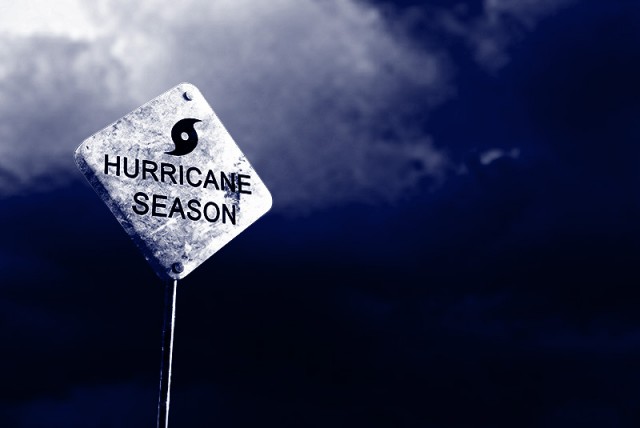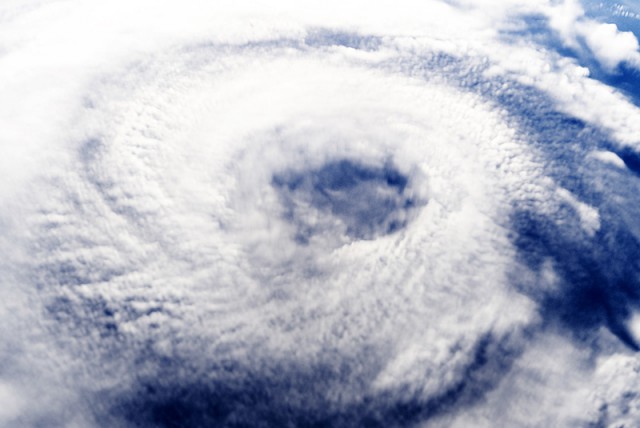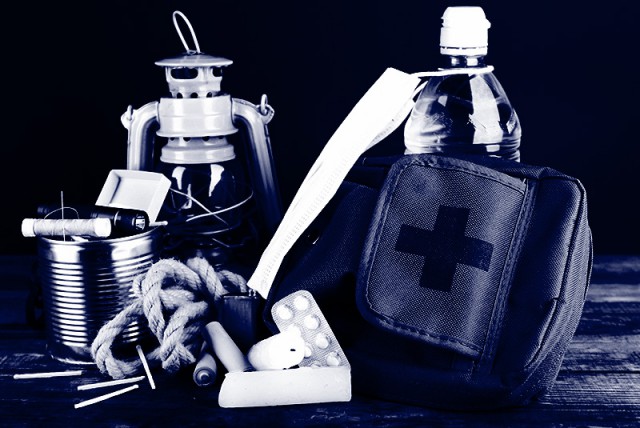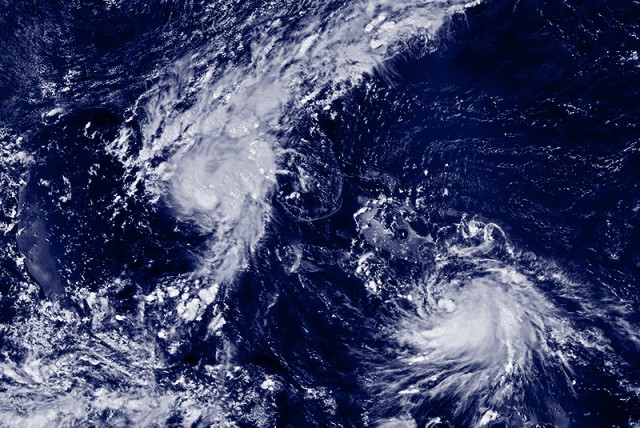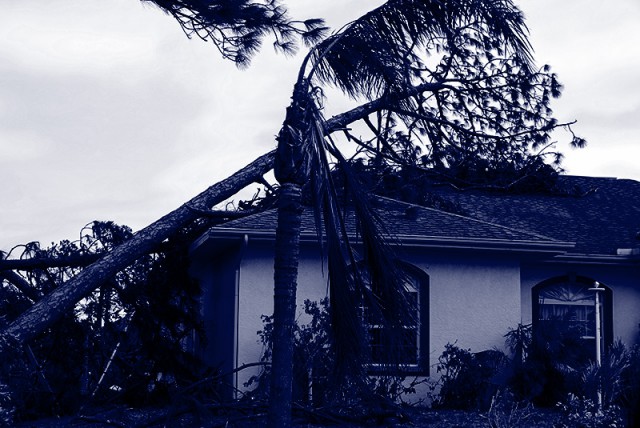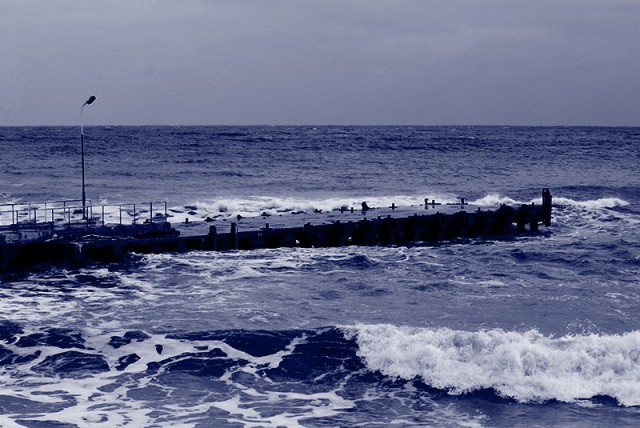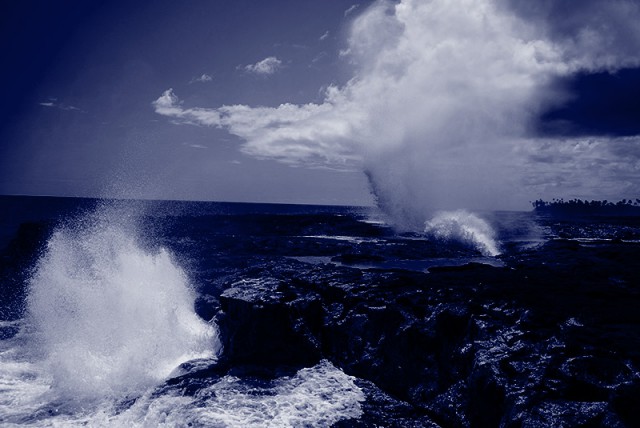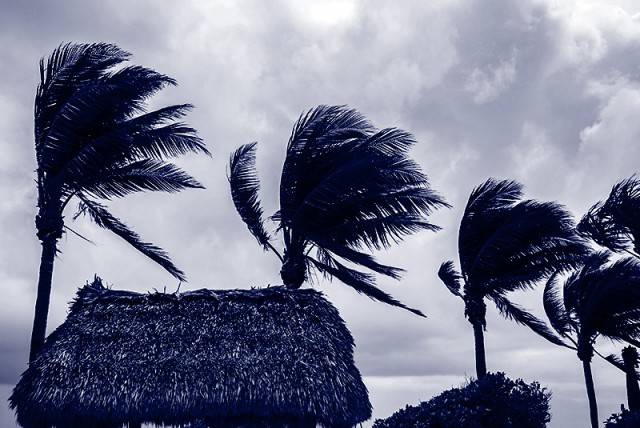


The 2025 Atlantic hurricane season is underway, with forecasts calling for 17 named storms, including nine hurricanes. While slightly lower than last year, this remains an active season—and preparation is essential.
At Hazard Management Cayman Islands (HMCI), our team is working to build a Culture of Readiness across our islands. In partnership with eCayTrade, we’re sharing practical steps to help everyone reduce risk and strengthen resilience, both at home and in the community.
We encourage every resident, family, and business to take early action. Assemble a basic emergency kit. Check batteries and flashlights. Safeguard important documents. Trim trees. Secure your property. Learn your nearest shelter location.
Don’t forget those who may need extra support—such as older adults, people with disabilities, and pets. Preparedness is everyone’s responsibility.
HMCI’s approach to disaster risk reduction is grounded in four pillars: Preparedness, Response, Mitigation, and Recovery. Our planning and national coordination are informed by both experience and hazard modelling, with systems designed to respond rapidly. But the most effective defence begins at the household level.
Climate change is also increasing risk. Heavier rainfall, stronger storms, and rising seas are already affecting our islands. The loss of coral reefs further weakens our natural coastal protection.
We all have a role to play. Let’s work together to stay informed, stay ready, and stay safe.
Visit www.caymanprepared.ky to access tools, resources, and guidance for hurricane and climate resilience.
The Atlantic hurricane season presents a recurring and serious threat to the Cayman Islands, with our greatest vulnerability typically falling between mid-August and early October. During this period, the warm Caribbean waters can fuel powerful storms capable of bringing widespread devastation. We’ve seen this firsthand—Hurricane Ivan in 2004 caused an estimated CI$2.86 billion in damage, while Hurricane Paloma in 2008 left lasting impacts on our infrastructure and communities.
While advancements in forecasting have improved early warnings, tropical cyclones remain notoriously unpredictable. The National Hurricane Center’s five-day forecast cone is accurate roughly two-thirds of the time, but storms can still shift course, strengthen with little notice, or deliver severe hazards like storm surges, coastal erosion, high winds, heavy swells, and inland flooding—even if the eye never passes directly over us.
That’s why it’s absolutely essential that all residents of the Cayman Islands take preparedness seriously.
To help you plan and protect what matters most, the eCayStormReady Hurricane Supplement is now available. This comprehensive guide is designed to empower you with the tools and information you need to weather the season safely. Inside, you’ll find preparedness checklists, emergency contact numbers, shelter locations, storm tracking guidance, and expert advice tailored specifically for our islands.
The eCayStormReady Hurricane Supplement has been made possible thanks to the generous sponsorship of the community-minded companies featured within. Their support ensures this important resource is available to everyone across the Cayman Islands.
Don’t wait until it’s too late—get storm ready today. Sign up today to receive a copy of the Hurricane Preparedness Newsletter.

